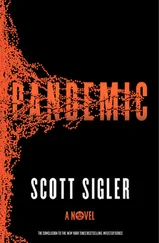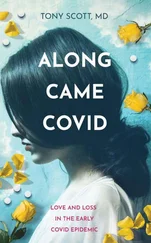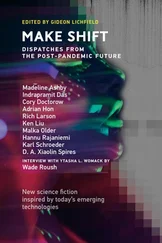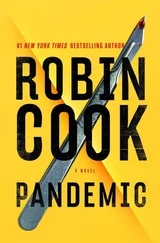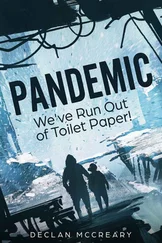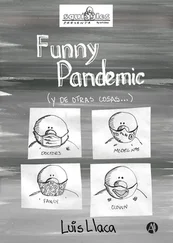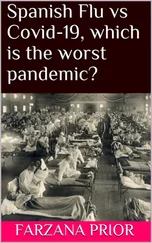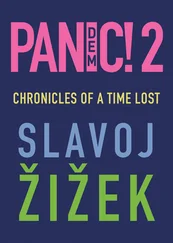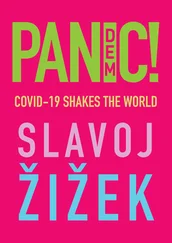“Like all self-respecting coronaviruses, he has an affinity for the human nasal mucosa. He easily penetrates the epithelial barrier and replicates inside the mucosal cells.” The scientific sketches on the screen changed in rhythm with Haldane’s explanation. “That’s when the body’s armed forces, the immune system, mobilizes. Think of the phagocytes and neutrophils as the infantry in this battle. Doing the dirty work—the cell-to-cell combat. While the lymphocytes are more like the artillery, lobbing their ammo, in this case viral-specific antibodies, from afar.
“With most other coronaviruses this isn’t exactly a level battlefield. Kind of like Luxembourg invading the U.S. Most of the damage comes from friendly fire-namely, the patient’s own immune system, not the virus, producing the muscle aches, fever, and runny green sputum. After a couple of days the viral invader is inevitably wiped out.”
The SARS virus reappeared on screen. “But this guy is tougher. In a significant percentage of cases he moves past the nasal mucosa and down the trachea into the pulmonary tissue. There he crosses the alveolar membranes of the lungs.” He flashed up the images of the blood-filled lungs being slashed open again. “Resulting in a diffuse pneumonitis. And, as seen in this video, often pulmonary edema. In five percent of SARS cases, despite maximal therapy, the patient dies.”
Pens throughout the auditorium flew to keep pace.
“But for those of you who consider SARS one of the horsemen of the Apocalypse, think again. It has killed less than a thousand people since its inception. In infectious disease terms that’s as devastating as a fart into a head-wind.” He shook his head. “Or looking at it another way, a thousand dead isn’t even a global day’s work for malaria, HIV, or cholera to name but a few.” He slashed through the image of the viral particle with his laser pointer. “SARS-ASSOCIATED coronavirus is nothing more than a cold virus with attitude.”
Haldane dropped the pointer on the lectern and stepped away. He walked across the floor until he stood a few feet from the students in the front row. “I was as scared as the next guy—no—way, way more scared when SARS first broke. After all, this bug was targeting health-care professionals. Clearly not playing by the rules. And I witnessed firsthand the havoc the little bastard could wreak.” He shook his head. “But in the long run SARS has been good for us.”
He scanned the quizzical young faces in the audience, allowing a few more seconds of confusion before expanding. “SARS put global infectious disease control measures to the test. And guess what? Not one country came up smelling like a rose. In fact, most stunk. Take Canada. Despite boasting one of the world’s best health care systems, my colleagues in Toronto didn’t react fast enough to the first case of SARS. And the city ended up paying dearly for it.” Haldane pointed at the audience. “But at least now the world has been warned. We have the chance to fine-tune—in some cases revamp completely—our public health measures. In that sense, SARS was a good dry run for the real McCoy.”
Haldane clicked a button and the screen filled with a grainy black-and-white still, depicting an old hospital ward packed so tightly that the stretchers touched. It was difficult to tell whether the patients (some of whom were doubled up on stretchers) were alive or dead. If alive, none were well.
Haldane stretched his hand out to the screen. “Ladies and gentlemen, meet the real McCoy.”
Fall of 1918. As World War I is winding down, something even worse is sweeping through the battlefields, military hospitals, and cities of Western Europe.” Haldane stepped back to the podium. “The Spanish Flu,” he said with his back to the audience. “And in the soldiers returning home following the armistice of November eleventh, this virus found the perfect vector for global dissemination.”
More old snapshots of hospitals and morgues. More black and white devastation.
“In the winter of 1918-1919 this mutated influenza virus killed twenty million people. Which in today’s terms is the equivalent of eighty million dead in less than six months”
Someone in the crowd oohed
“Well put.” Haldane nodded solemnly. “And we’re not talking about twenty million ancient nursing home residents or mutilated war vets aching for deliverance. In fact, the opposite. For reasons unknown, this virus selectively killed young healthy adults. People would go to bed at night and not wake up the next morning… or any morning.” Haldane eyed a student in the second row who played on the varsity baseball team. “Not even pro athletes were safe. The 1919 Stanley Cup had to be halted because two of the Montreal Maroons dropped dead in the middle of the series.
“And if you think all hell broke loose because of primitive infection control and treatment measures, you would be wrong again. Granted, public health was limited in 1919, but we wouldn’t fare much better today facing such an outbreak. We still have no specific treatment. And with every single person in the world connected by three or less commercial flights, it might spread even faster.
“It was probably only because of the draconian public health measures-people were quarantined in jails and some countries made it illegal to shake hands—that the epidemic was controlled at all.
“But the strangest part of the whole story?” Haldane allowed himself a theatrical pause. “There was nothing particularly unique about the Spanish Flu. Each winter the latest incarnation of influenza rolls around from Bangkok or Hong Kong or Melbourne or some other exotic locale I can’t afford to visit.” No one laughed. “It opens up beds in nursing homes, keeps temp agencies busy, and makes life an achy hell for those of us unlucky enough to stand in its path. But it does not decimate the population.” He scanned the audience, satisfied he held their rapt attention. “The reason influenza only kills the old and the infirm is, flu shot or not, the virus is old news to our immune system. It’s just a slightly modified—a protein here, an organic ring there—version of an antigen our immune system has seen before. So our bodies can mount a strong defense.”
Haldane thumbed at the screen. “Not so with the Spanish Flu. It represented a brand-new genre of the virus.” He shrugged. “But that’s what viruses excel at, right? They mutate. In fact, up until 1919 every forty years, like clockwork. the latest version of a new and devastating influenza virus surfaced.
“So, the weirdest thing about the Spanish Flu is that we haven’t seen a similar pandemic in over eighty years.” He shook his head. “Not to put a damper on your bright futures, Doctors, but the killer flu is way overdue!”
Noah Haldane chuckled to himself on the drive back to his office. Sure he’d offered up a little ham with his lecture, but he believed it critical that his students—and all future physicians—hear the message: they were the front line against the next wave of epidemic, which almost certainly would be viral. It was vital that they recognized the signs early. And judging from the cacophony of questions after his lecture, hear him they did.
In those dark days of spring 2003, when he’d spent his time shuttling between Hong Kong, Hanoi, and Singapore, he wasn’t as confident that SARS would just be a flash in the pan. None of them at the World Health Organization were.
Haldane hadn’t exaggerated when he told the students that he’d been touched by the destructive power of SARS. It had claimed the life of a close friend and colleague, Dr. Franco Bertulli, in a Singapore Intensive Care Unit. Wearing full biohazard gear, Haldane had sat at Bertulli’s bedside until the end and watched helplessly as his friend suffocated in his own secretions. Nothing in all his medical, virology, or epidemiological training prepared him for that. And the vision still visited him regularly in the form of a recurring nightmare.
Читать дальше

